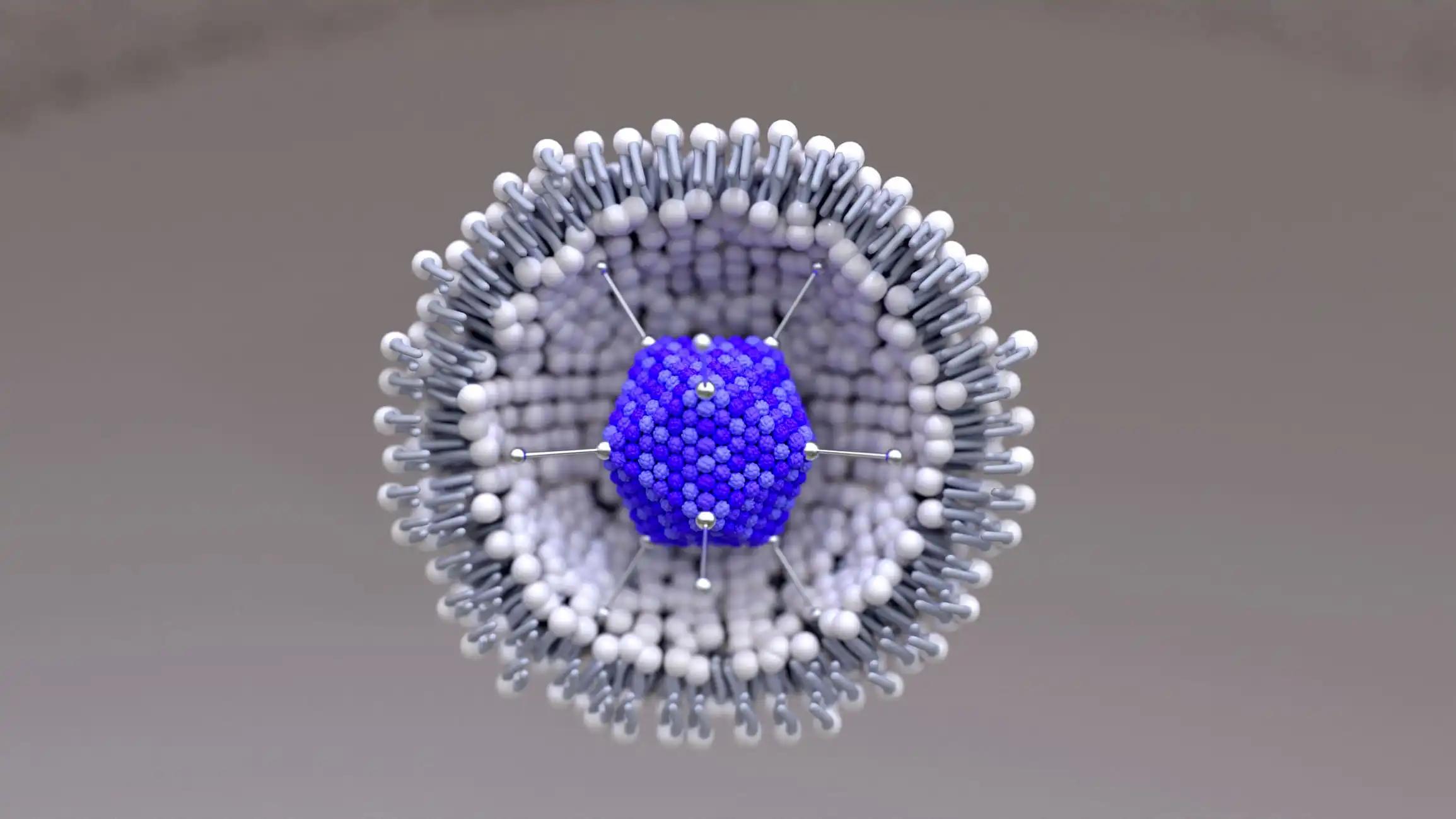KEY TAKEAWAYS
- This study aimed to assess the influence of SNPs of the aromatase gene on the outcomes of patients with ER+ eBC.
- The study concluded that the SNPs in CYP19 can serve as potential markers to predict metastasis and skeletal risks in patients on AI therapy.
The extension of aromatase inhibitor (AI) therapy beyond five years is associated with reduced late recurrences with a trade-off of increased skeletal events in ER+ eBC patients (pts). Germline SNPs of CYP19A1 could influence aromatase activity, decreasing both AI’s effectiveness and toxicity. The study aimed to evaluate the impact of SNPs on outcomes in a cohort of 886 postmenopausal pts treated with AIs.
The study comprised two patient cohorts, both of which were free from relapse for a period ranging from 3 to 6 years since their initial diagnosis. In the GIM5 cohort, pts received five years of letrozole treatment following 4-6 years of tamoxifen therapy. The GIM4 cohort underwent randomization to either 3-2 or 5 years of letrozole treatment after 2-3 years of tamoxifen therapy. Germline DNA was genotyped using PCR to identify SNPs rs4646, rs10046, rs749292, and rs727479. The cumulative incidence of metastasis was assessed using a competing risk model (CRM), considering contralateral breast cancer, second malignancies, and death unrelated to breast cancer as competing risks. The cumulative incidence of skeletal events was assessed in CRM with invasive BC/relapse, second malignancy, and death as competing risks. The Fine-Gray model determined the subdistribution hazard ratio (sHR) within the CRM analysis. Furthermore, the log-rank and Cox model evaluated overall survival (OS).
The T allele homozygosity (T/T) in rs10046 and rs749292, along with both heterozygosity and homozygosity in rs727479 (T/G and T/T), were identified as high-risk genotypes linked to metastasis incidence and decreased overall survival (OS). Three distinct categories were distinguished based on the count of these high-risk genotypes: 0, 1, or more than 1. These genotype categories showed patients with a 15-year metastasis incidence of 2.5%, 8.3%, and 10.9%, respectively. Furthermore, these categories were tied to a decline in OS in a multivariable model. Even after considering factors like age, BMI, and smoking habits, the genotype groups showed a negative correlation with skeletal events (p=0.025; adjusted p=0.028).
SNPs within CYP19 can indicate metastasis and skeletal events in patients undergoing AI treatments. This provides a potential pathway for tailoring treatments for survivors of ER+ BC.
Clinical Trial: https://www.clinicaltrialsregister.eu/ctr-search/search?query=2005-001213-18
Conte, B., Boni, L., Bisagni, G., Durando, A., Sanna, G., Gori, S., Garrone, O., Tamberi, S., Placido, S.D., Schettini, F., Pazzola, A., Ponzone, R., Montemurro, F., Lunardi, G., Piccioli, P., Turletti, A., Bighin, C., Poggio, F., Lambertini, M., Mastro, L.D. SNPS OF AROMATASE GENE (CYP19A1) AND OUTCOMES OF PATIENTS WITH ESTROGEN RECEPTOR-POSITIVE (ER+) EARLY BREAST CANCER (EBC) TREATED WITH AROMATASE INHIBITORS (AIS): A MULTICENTER, PROSPECTIVE STUDY. Annals of Oncology (2023) 8 (1suppl_4): 101218-101218. 10.1016/esmoop/esmoop101218



